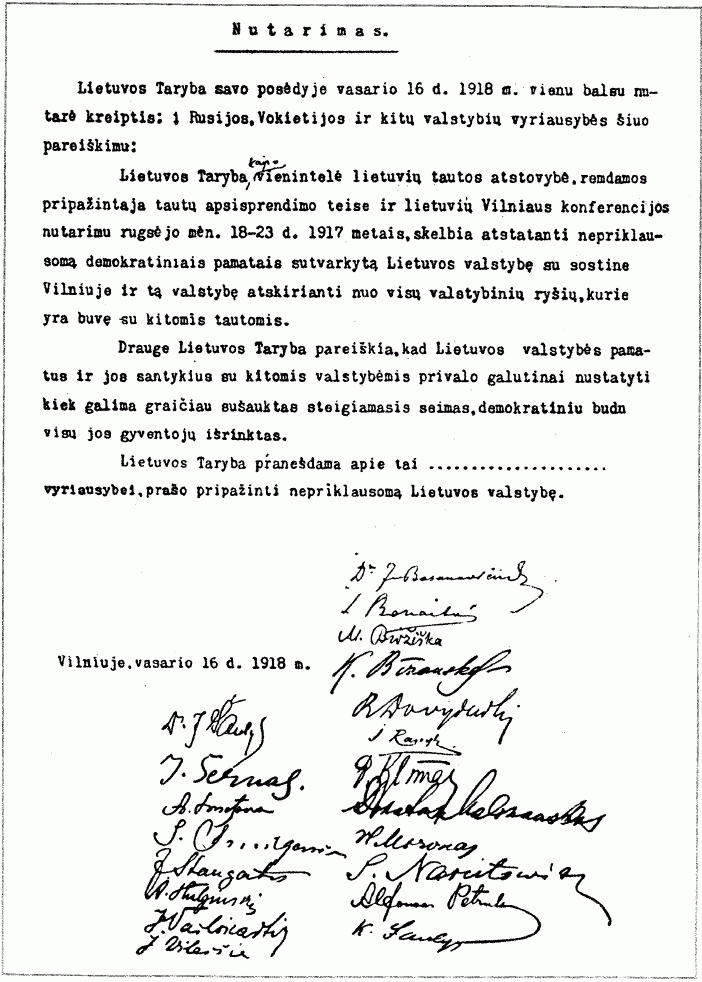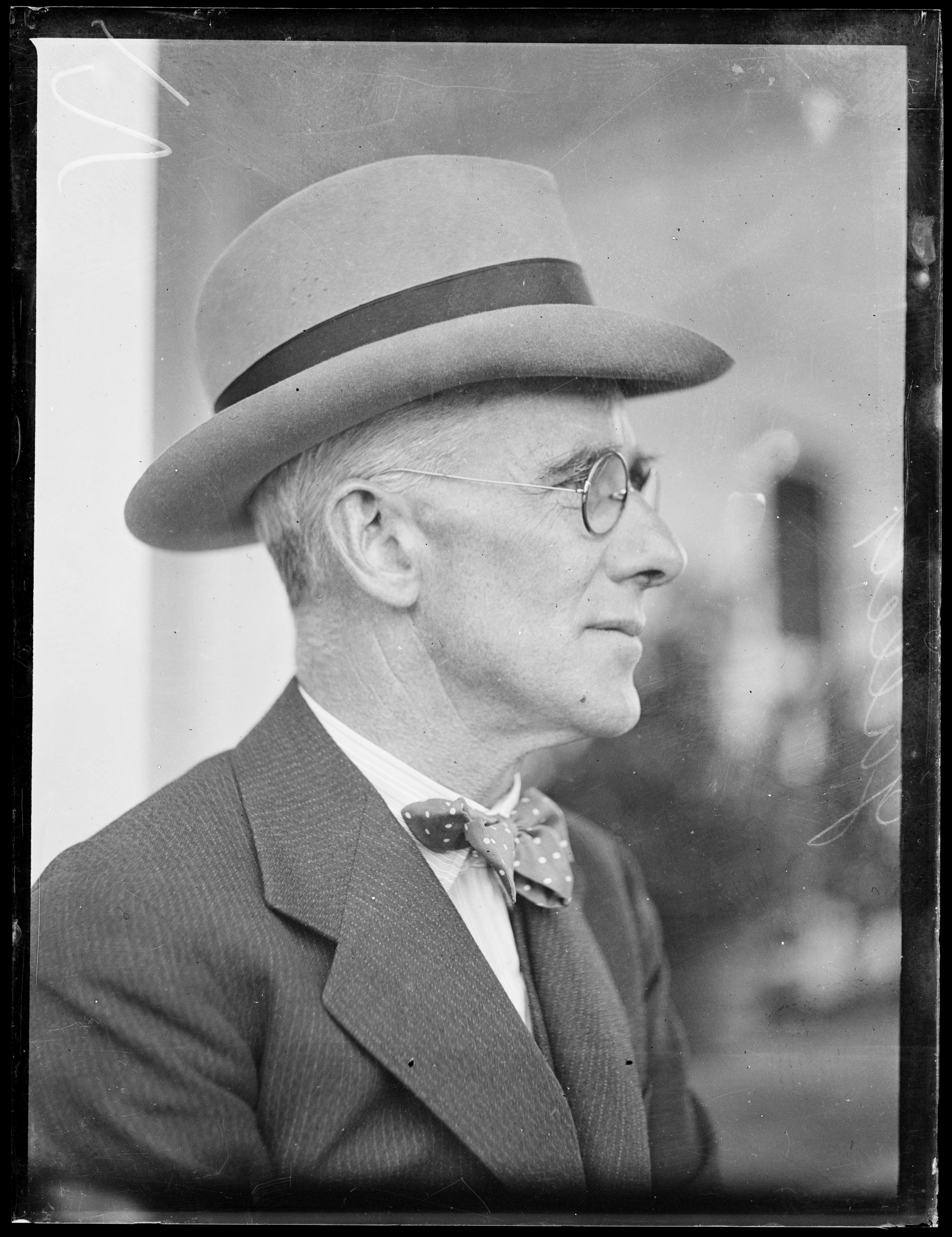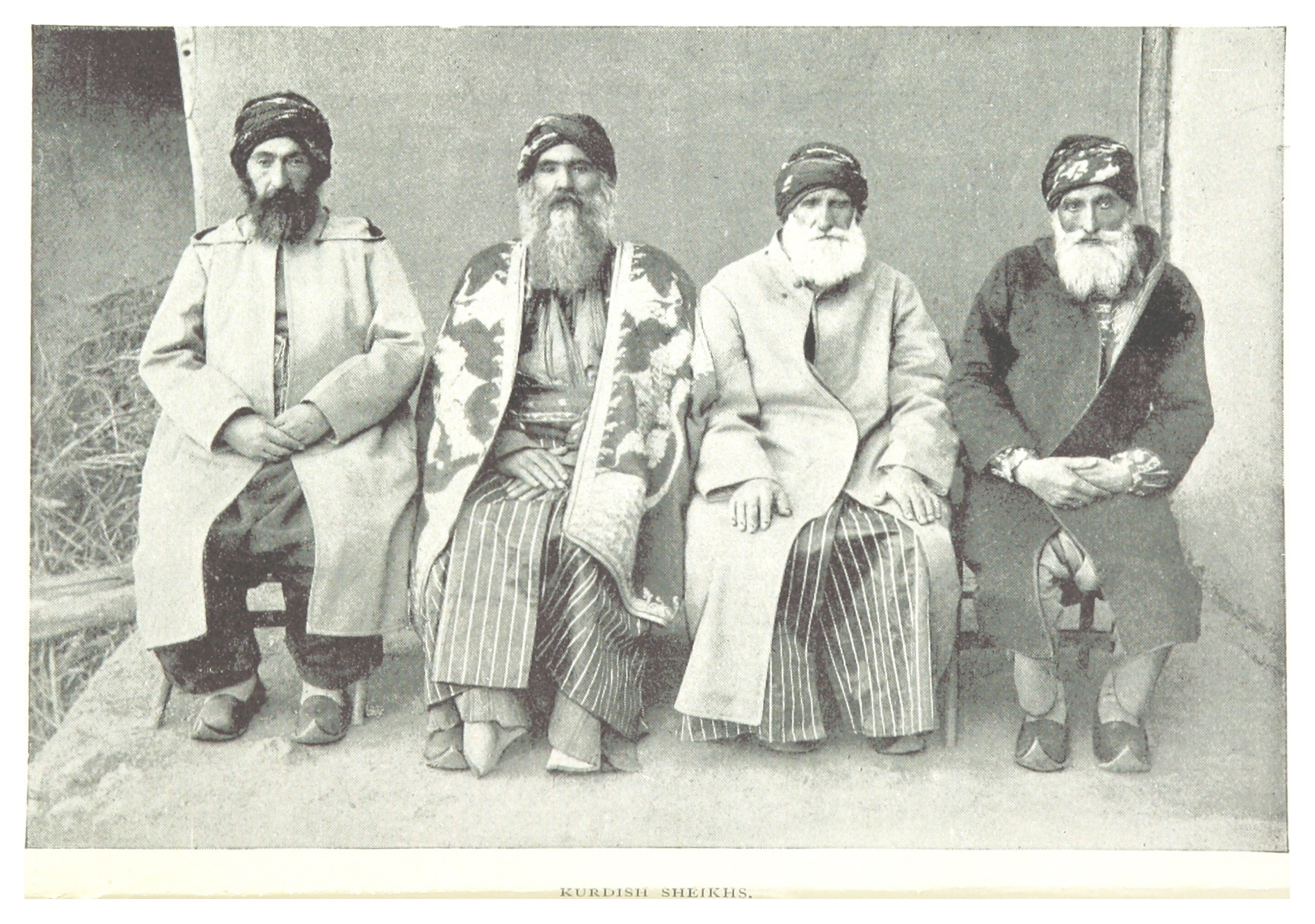|
Surafend Affair
The Surafend massacre ( ar, مجزرة صرفند) was a premeditated massacre committed against inhabitants of the village of Sarafand al-Amar (modern-day Tzrifin, Israel) and a Bedouin camp in Palestine by Australian, New Zealand and Scottish soldiers on 10 December 1918. Occurring at the conclusion of the Sinai and Palestine campaign of World War I, Allied occupational forces in the region, in particular Australian and New Zealand troops, gradually grew frustrated over being subject to petty theft and occasional murders by local Arabs without redress. On the night of 9 December, a New Zealand soldier was killed by an Arab thief who had stolen his kitbag. In response, troops of the ANZAC Mounted Division, as well as a small number of Scottish soldiers, surrounded Sarafand al-Amar and demanded the village's leaders hand over the thief. When they denied knowledge of the murder, the soldiers deliberated on their course of action before eventually deciding to attack the village, ... [...More Info...] [...Related Items...] OR: [Wikipedia] [Google] [Baidu] |
New Zealand In World War I
The military history of New Zealand during World War I began in August 1914. When Britain declared war on Germany at the start of the First World War, the New Zealand government followed without hesitation, despite its geographic isolation and small population. It was believed at the time that any declaration of war by the United Kingdom automatically included New Zealand; and the Governor (the Earl of Liverpool) announced that New Zealand was at war with Germany from the steps of Parliament on 5 August. The total number of New Zealand troops and nurses to serve overseas in 1914–18, excluding those in British and other Dominion forces, was 100,444, from a population of just over a million. Forty-two percent of men of military age served in the New Zealand Expeditionary Force, fighting in the Gallipoli campaign and on the Western Front. 16,697 New Zealanders were killed and 41,317 were wounded during the war – a 58 percent casualty rate. Approximately a further thousand me ... [...More Info...] [...Related Items...] OR: [Wikipedia] [Google] [Baidu] |
Military History Of Australia During World War I
In Australia, the outbreak of World War I was greeted with considerable enthusiasm. Even before Britain declared war on Germany on 4 August 1914, the nation pledged its support alongside other states of the British Empire and almost immediately began preparations to send forces overseas to engage in the conflict. The first campaign that Australians were involved in was in German New Guinea after a hastily raised force known as the Australian Naval and Military Expeditionary Force was dispatched in September 1914 from Australia and seized and held German possessions in the Pacific. At the same time another expeditionary force, initially consisting of 20,000 men and known as the First Australian Imperial Force (AIF), was raised for service overseas. The AIF departed Australia in November 1914 and, after several delays due to the presence of German naval vessels in the Indian Ocean, arrived in Egypt, where they were initially used to defend the Suez Canal. In early 1915, howeve ... [...More Info...] [...Related Items...] OR: [Wikipedia] [Google] [Baidu] |
1918 In Military History
This year is noted for the end of the World War I, First World War, on the eleventh hour of the eleventh day of the eleventh month, as well as for the Spanish flu pandemic that killed 50–100 million people worldwide. Events Below, the events of World War I have the "WWI" prefix. January * January – 1918 flu pandemic: The "Spanish flu" (influenza) is first observed in Haskell County, Kansas. * January 4 – The Finnish Declaration of Independence is recognized by Russian Soviet Federative Socialist Republic, Soviet Russia, Sweden, German Empire, Germany and France. * January 9 – Battle of Bear Valley: U.S. troops engage Yaqui people, Yaqui Native American warriors in a minor skirmish in Arizona, and one of the last battles of the American Indian Wars between the United States and Native Americans. * January 15 ** The keel of is laid in Britain, the first purpose-designed aircraft carrier to be laid down. ** The Red Army (The Workers and Peasants Red Army) ... [...More Info...] [...Related Items...] OR: [Wikipedia] [Google] [Baidu] |
Massacres In Mandatory Palestine
A massacre is the killing of a large number of people or animals, especially those who are not involved in any fighting or have no way of defending themselves. A massacre is generally considered to be morally unacceptable, especially when perpetrated by a group of political actors against defenseless victims. The word is a loan of a French term for "butchery" or "carnage". A "massacre" is not necessarily a "crime against humanity". Other terms with overlapping scope include war crime, pogrom, mass killing, mass murder, and extrajudicial killing. Etymology The modern definition of ''massacre'' as "indiscriminate slaughter, carnage", and the subsequent verb of this form, derive from late 16th century Middle French, evolved from Middle French ''"macacre, macecle"'' meaning "slaughterhouse, butchery". Further origins are dubious, though may be related to Latin ''macellum'' "provisions store, butcher shop". The Middle French word ''macecr'' "butchery, carnage" is first record ... [...More Info...] [...Related Items...] OR: [Wikipedia] [Google] [Baidu] |
Henry Gullett
Sir Henry Somer Gullett KCMG CB (26 March 1878 – 13 August 1940), known as Harry Gullett, was an Australian journalist, military historian and politician. He was a war correspondent during World War I and co-authored the official history of Australia's involvement in the war. He later served in federal parliament from 1925 to 1940 and held senior ministerial office. Gullett grew up in country Victoria. He left school at the age of 12 but began a career in journalism through family connections. During World War I he was attached to Australian units on the Western Front and the Sinai and Palestine campaign, and also did work for the War Records Section. He contributed a volume to the ''Official History of Australia in the War of 1914–1918''. Gullett was elected to parliament in 1925 as an "independent Nationalist". He joined S. M. Bruce's government as Minister for Trade and Customs (1928–1929) and then became deputy opposition leader (1929–1931) after the governm ... [...More Info...] [...Related Items...] OR: [Wikipedia] [Google] [Baidu] |
Australian Light Horse
Australian Light Horse were mounted troops with characteristics of both cavalry and mounted infantry, who served in the Second Boer War and World War I. During the inter-war years, a number of regiments were raised as part of Australia's part-time military force. These units were gradually mechanised either before or during World War II, although only a small number undertook operational service during the war. A number of #Legacy, Australian light horse units are still in existence today. Origins The Australian Light Horse was established as the outcome of a debate that took place in military circles in Australia in the late 19th – early 20th centuries concerning the future of mounted troops. The example of the Franco-Prussian War illustrated that the battlefield had become dominated by massed land armies supported by artillery. For Australia the reality was vast spaces with sparse populations making it difficult to consider anything that remotely looked like the European mod ... [...More Info...] [...Related Items...] OR: [Wikipedia] [Google] [Baidu] |
1890–1954)
Year 189 ( CLXXXIX) was a common year starting on Wednesday (link will display the full calendar) of the Julian calendar. At the time, it was known as the Year of the Consulship of Silanus and Silanus (or, less frequently, year 942 ''Ab urbe condita''). The denomination 189 for this year has been used since the early medieval period, when the Anno Domini calendar era became the prevalent method in Europe for naming years. Events By place Roman Empire * Plague (possibly smallpox) kills as many as 2,000 people per day in Rome. Farmers are unable to harvest their crops, and food shortages bring riots in the city. China * Liu Bian succeeds Emperor Ling, as Chinese emperor of the Han Dynasty. * Dong Zhuo has Liu Bian deposed, and installs Emperor Xian as emperor. * Two thousand eunuchs in the palace are slaughtered in a violent purge in Luoyang, the capital of Han. By topic Arts and sciences * Galen publishes his ''"Treatise on the various temperaments"'' (aka ' ... [...More Info...] [...Related Items...] OR: [Wikipedia] [Google] [Baidu] |
Bayonet
A bayonet (from French ) is a knife, dagger, sword, or spike-shaped weapon designed to fit on the end of the muzzle of a rifle, musket or similar firearm, allowing it to be used as a spear-like weapon.Brayley, Martin, ''Bayonets: An Illustrated History'', Iola, WI: Krause Publications, , (2004), pp. 9–10, 83–85. From the 17th century to World War I, it was a weapon for infantry attacks. Today it is considered an ancillary weapon or a weapon of last resort. History The term ''bayonette'' itself dates back to the mid-to-late 16th century, but it is not clear whether bayonets at the time were knives that could be fitted to the ends of firearms, or simply a type of knife. For example, Cotgrave's 1611 ''Dictionarie'' describes the bayonet as "a kind of small flat pocket dagger, furnished with knives; or a great knife to hang at the girdle". Likewise, Pierre Borel wrote in 1655 that a kind of long-knife called a ''bayonette'' was made in Bayonne but does not give any ... [...More Info...] [...Related Items...] OR: [Wikipedia] [Google] [Baidu] |
Colt Single Action Army
The Colt Single Action Army (also known as the SAA, Model P, Peacemaker, or M1873) is a Trigger (firearms)#Single-action, single-action revolver handgun. It was designed in 1872 for the U.S. government service revolver trials of 1872 by Colt's Patent Firearms Manufacturing Company (today known as Colt's Manufacturing Company) and was adopted as the Service pistol, standard-issued pistol of the US Army in 1873 until 1892. The Colt SAA has been offered in over 30 different calibers and various Gun barrel, barrel lengths. Its overall appearance has remained consistent since 1873. Colt has cancelled its production twice, but brought it back due to popular demand. The revolver was dubbed as "Colt Peacemaker" and is a famous piece of Americana (culture), Americana, as it was popular with ranchers, lawmen, and outlaws alike since its creation and due to its association with the American Wild West era. Today, they are mainly bought as memorabilia by collectors and Historical reenactment ... [...More Info...] [...Related Items...] OR: [Wikipedia] [Google] [Baidu] |
Sheikh
Sheikh (pronounced or ; ar, شيخ ' , mostly pronounced , plural ' )—also transliterated sheekh, sheyikh, shaykh, shayk, shekh, shaik and Shaikh, shak—is an honorific title in the Arabic language. It commonly designates a chief of a tribe or a royal family member in Arabian countries, in some countries it is also given to those of great knowledge in religious affairs as a surname by a prestige religious leader from a chain of Sufi scholars. It is also commonly used to refer to a Muslim religious scholar. It is also used as an honorary title by people claiming to be descended from Hasan ibn Ali and Husayn ibn Ali both patrilineal and matrilineal who are grandsons of the Islamic prophet Muhammad. The term is literally translated to " Elder" (is also translated to "Lord/Master" in a monarchical context). The word 'sheikh' is mentioned in the 23rd verse of Surah Al-Qasas in the Quran. Etymology and meaning The word in Arabic stems from a triliteral root connected with a ... [...More Info...] [...Related Items...] OR: [Wikipedia] [Google] [Baidu] |









